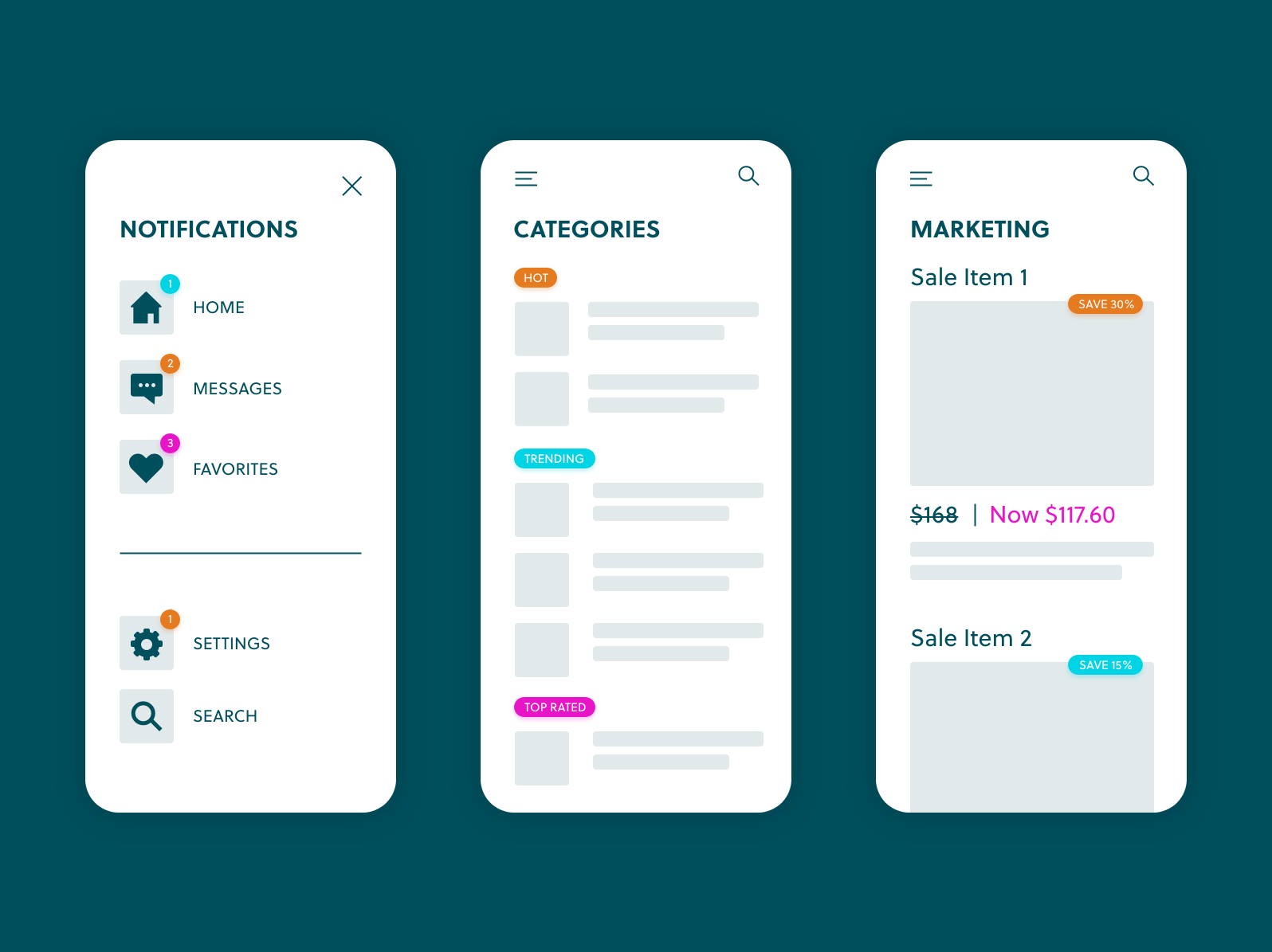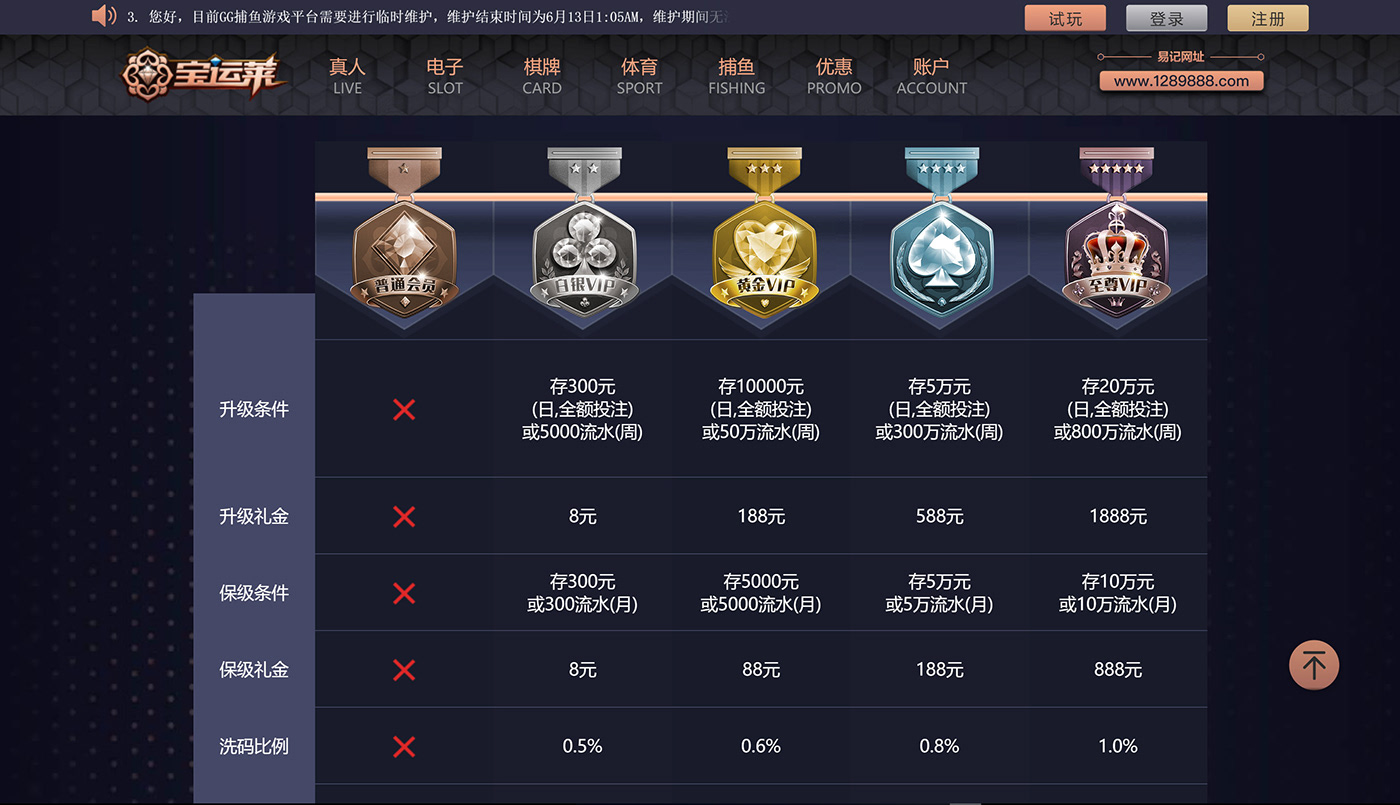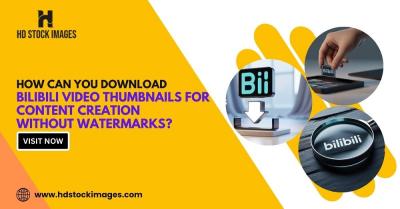In today’s competitive design landscape, showcasing your skills effectively can set you apart from the crowd. One way to do this is by earning a UI badge on Behance. Behance is a popular platform where creatives share their work, connect with others, and attract potential clients. Obtaining a UI badge is not just about recognition; it’s a testament to your dedication and skill in user interface design. Let's dive into what UI badges are and why they matter!
Understanding the Benefits of Earning a UI Badge

So, you might be wondering why you should even consider getting a UI badge on Behance. Here are some compelling reasons why it’s worth your time and effort:
- Credibility: A UI badge on your profile instantly boosts your credibility as a designer. It shows that you’ve met certain criteria and standards recognized by industry professionals.
- Visibility: Badges often enhance your profile visibility on the platform. This means more people—potential employers and fellow designers—are likely to notice your work.
- Recognition: It’s an accolade that highlights your skills and commitment to excellence in UI design. Designers love showcasing their achievements, and a badge is a great conversation starter.
- Networking Opportunities: With a UI badge, you’re more likely to connect with other designers and industry leaders. It opens up avenues for collaboration, mentorship, or job opportunities.
- Encouragement for Growth: Pursuing the criteria for earning a badge can motivate you to improve your skills and push your design boundaries. It's a great way to challenge yourself.
Furthermore, UI badges can serve as a great portfolio enhancer. They draw attention to your projects and help potential clients understand your level of expertise at a glance. Plus, having that badge can encourage deeper engagement with your projects, leading to more feedback and potential collaborations.
Another exciting aspect is the community recognition. The design community values achievements, and this badge can make you a part of a selective group of designers who are continually striving for excellence. In a way, it’s like being part of a prestigious club that recognizes hard work and skill.
Lastly, let’s not forget the personal satisfaction that comes from achieving a badge. It’s a form of validation for all those late nights spent refining your designs and learning the nuances of UI principles. The sense of accomplishment you feel will undoubtedly fuel your passion for design.
In conclusion, earning a UI badge on Behance is not just about adding a badge to your profile. It encompasses a plethora of advantages that can significantly enhance your career trajectory, enrich your design abilities, and connect you with like-minded professionals. Ready to take the plunge and earn your UI badge? Let's get started!
Also Read This: How to Get Likes on Behance: Increasing Engagement with Your Projects
3. Steps to Create High-Quality UI Projects

Creating high-quality UI projects is essential not just for earning your UI badge on Behance, but also for showcasing your skills effectively to potential clients or employers. Here’s a step-by-step guide to help you create stunning UI projects.
Step 1: Identify the Problem
Start by choosing a specific problem that your project aims to solve. This could be anything from improving the user experience of an existing app to designing an entirely new product. Clearly define the scope and objectives of your project. Consider asking yourself:
- What do I want to solve?
- Who is the target user?
- What are their pain points?
Step 2: Conduct Research
Once you have a clear understanding of your problem, delve into research. Look at existing solutions, gather user feedback, and analyze market trends. Tools like surveys or interviewing potential users can reveal valuable insights. Don't forget to check out similar designs on platforms like Dribbble or Behance for inspiration!
Step 3: Sketch and Wireframe
Time to get your ideas onto paper! Start with rough sketches of your UI layouts. This is a great way to brainstorm different concepts without committing too heavily. After sketching, move on to digital wireframing. Tools like Figma or Adobe XD are excellent for creating low-fidelity wireframes that outline the basic structure and flow of your application.
Step 4: Design High-Fidelity Mockups
With your wireframes as a blueprint, it’s time to develop high-fidelity mockups. Focus on visual aesthetics, typography, and color schemes that align with your branding goals. Remember to adhere to design principles such as alignment, spacing, and hierarchy. This is where your creativity will shine, so let loose!
Step 5: Prototype Your Design
Don’t just stop at static mockups. Bring your design to life through prototyping! Tools like InVision or Figma allow you to create interactive prototypes that give users a taste of how the final product will work. This step is crucial for testing the functionality and flow of your UI, so make sure to refine it based on feedback.
Step 6: Gather Feedback
Use your network or design communities to gather feedback on your project. Constructive criticism can help you identify areas for improvement. Don’t shy away from constructive feedback—embrace it!
Step 7: Document Your Process
A great UI project is about more than just the final outcome; it’s also about the journey. Document your design process step-by-step, and consider creating a case study on Behance. This gives viewers insight into how you think and create, which can be just as valuable as the design itself.
Also Read This: How to Download Files from Behance Easy and Efficient Methods Explained
4. How to Optimize Your Behance Profile for UI Design
Your Behance profile is your digital portfolio—it’s often the first impression potential clients or employers will have of you. Let’s dive into how to optimize your profile to showcase your UI design skills effectively.
Step 1: Craft a Compelling Bio
Your bio is like your elevator pitch. Keep it concise but informative. Highlight your expertise, design philosophy, and what attracts you to UI design. Don’t forget to sprinkle in a bit of personality; make it engaging! Here’s a quick template to consider:
- Who you are
- Your design journey
- Your design philosophy or approach
- What you’re looking for (collaborations, jobs, etc.)
Step 2: Use Professional Visuals
Since UI design is a visual medium, your profile should reflect your eye for aesthetics. Choose a clean, professional profile picture and a captivating cover image that represents your style. Make sure your portfolio pieces are displayed high-resolution and look stunning on both desktop and mobile!
Step 3: Showcase Your Best Work
Focus on quality over quantity. Fill your portfolio with a selection of your premier UI projects. For each project, provide context by including:
- The problem you solved
- Your design process
- Key takeaways
This not only enhances your project’s narrative but also offers insight into your skills and creative thinking.
Step 4: Utilize Projects & Tags Effectively
When uploading projects, make use of relevant tags to increase your visibility. Use keywords that relate to your work and the UI design community, such as “UI/UX,” “Responsive Design,” or “Motion Graphics.” This will help others discover your work more easily.
Step 5: Engage with the Community
Don’t just upload and leave—actively participate! Comment on other designers’ work, give kudos, and join conversations. Engaging with the community can lead to connections and opportunities. Plus, it shows you’re an active member of the design world.
Step 6: Keep Your Profile Updated
Finally, consistency is key. Regularly update your profile with new projects and achievements. This not only keeps your profile fresh but also signals to viewers that you’re continuously growing as a designer.
With these tips, you can optimize your Behance profile to effectively showcase your UI design skills and stand out to those seeking your talents. Your profile and projects are a reflection of you—make them shine!
Also Read This: How to Create My Portfolio in Behance – A Step-by-Step Guide to Building Your Portfolio
5. Engaging with the Behance Community
One of the standout features of Behance is its vibrant community of creative professionals. Engaging with this community is not just about showcasing your work; it's also a fantastic way to learn, grow, and network. Here’s how to get involved:
- Comment and Critique: Spend some time exploring the projects of others. Leave thoughtful comments that provide constructive feedback. This not only helps the project owner but also establishes your presence and shows that you’re an engaged member of the community.
- Follow and Connect: Find designers whose work resonates with you and follow them. Engaging with their projects by liking and sharing can lead to connections that benefit both parties. Who knows? You might even collaborate in the future!
- Join Groups: Behance has various groups around different design topics where you can exchange ideas, get feedback, and discuss trends. Joining a group can help you find like-minded individuals who share your artistic vision.
- Participate in Challenges: Join community challenges that Behance often hosts. These can give you a chance to create new work based on a theme and showcase your creativity, while also gaining visibility among peers.
- Share Your Journey: Don't shy away from sharing your process. Whether it's a blog post, a video, or a series of behind-the-scenes images, sharing how you got to your final design can foster discussions and inspire others.
Engaging with the Behance community is a two-way street. The more you participate and contribute, the more you will receive back in terms of support, knowledge, and even potential job opportunities. It's all about building relationships and being an active member of the creative world.
Also Read This: How to Create an Infinite Loop GIF for Behance: Crafting Seamless Animations for Your Portfolio
6. Tips for Gaining Recognition and Feedback
Recognition and constructive feedback are crucial for any designer looking to improve their craft and gain visibility. Here are some tried-and-true tips to help you stand out and receive valuable insights:
- High-Quality Imagery: First impressions count. Ensure that your project images are high-resolution and well-composed. Use mockups to display your designs in a realistic context. Remember, visual appeal is key in the design world!
- Write Compelling Descriptions: Don’t just upload your work with a title. Write engaging descriptions that explain your design process, inspirations, and the challenges you faced. This context helps others appreciate your work on a deeper level.
- Regular Updates: Consistency is key! Regularly update your portfolio with new projects or revisions of older ones. This keeps your profile fresh and shows that you are actively working and evolving as a designer.
- Utilize Tags Wisely: When posting a project, use relevant tags to improve visibility. Think about what potential viewers might search for when looking for inspiration – tags can help direct traffic to your work!
- Reach Out for Feedback: Don’t hesitate to ask your peers for feedback. Sometimes, an outside perspective can reveal things you might have missed. You can even ask specific questions to guide their feedback.
Receiving recognition and feedback can enhance your skills and boost your confidence. Remember, it's not just about the number of likes or followers; it's about creating meaningful connections and using those insights to fuel your growth as a designer. So get out there, share your work, and don’t forget to invite the community to interact with you—your journey is just as important as the final product!
Also Read This: How to Get VectorStock for Free: A Step-by-Step Guide
7. Common Mistakes to Avoid When Pursuing a UI Badge
Getting a UI badge on Behance can feel like climbing a mountain, but let’s face it, there are pitfalls along the way. Avoiding these common mistakes can save you time and enhance your chances of success. Here’s what you should watch out for:
- Ignoring the Fundamentals: Many aspiring designers dive right into flashy designs but forget the basics. Always ensure your designs adhere to fundamental design principles like contrast, alignment, and hierarchy. A stunning visual is great, but if it’s difficult to use, it won’t get you that badge!
- Pushing Incomplete Work: Submitting unfinished projects or those lacking detail is a common misstep. Behance users appreciate thoroughness. Take the time to polish your designs and consider feedback before hitting “publish.”
- Neglecting User Experience: A beautiful UI that’s hard to navigate is a big no-no! Always place yourself in the user’s shoes. Ensure functionality complements aesthetic appeal. A seamless user experience is key to impressing evaluators.
- Overcomplicating Designs: Simplicity can be powerful. While it’s tempting to add every possible feature, minimalist designs often resonate more. Focus on the essentials that convey your message effective and clearly.
- Not Utilizing Feedback: After uploading your work, take note of the comments and critiques you receive. Ignoring feedback sends the message that you're not open to growth. Engage with your audience and learn from their insights to improve.
- Forgetting to Showcase Your Process: One of the biggest advantages of platforms like Behance is that they allow you to showcase your design journey. Show sketches, wireframes, and thought processes to illustrate how your project evolved. This transparency is crucial in demonstrating your design thinking.
- Inconsistent Branding: Ensure your Behance profile is consistent and aligned with your personal or professional brand. Inconsistencies in your portfolio can confuse viewers and dilute your presence as a designer.
By staying aware of these pitfalls, you can navigate your journey to earning that UI badge more effectively. Remember, it’s not just about the end result, but also about how you approach the process!
8. Conclusion: Your Journey to Earning a UI Badge
Now that we’ve explored the ins and outs of pursing a UI badge on Behance, let’s wrap things up with a few final thoughts to inspire your design journey.
Remember, earning a UI badge isn't just about showing off your skills; it's about embracing a mindset of continuous improvement and dedication. Here’s a quick recap of what to focus on:
- Learn and Adapt: Always be willing to learn from others in the field. Design trends evolve, and so should you!
- Practice Regularly: Your skills develop over time. Spend time each week refining your craft, whether through personal projects or challenges.
- Engage with the Community: Build connections within the Behance community. Collaborations and interactions can provide both inspiration and support.
- Reflect on Your Work: Take the time to assess your projects critically. What worked? What didn’t? Reflecting will help you create even better designs in the future.
Ultimately, the journey to earning that UI badge is about more than just the accomplishment itself. It’s about challenging yourself creatively and finding joy in the process of designing. Keep pushing boundaries, gather feedback, and most importantly, have fun as you navigate your path in the world of user interface design!
So take that leap, and start creating! Your UI badge is just a project away!
 admin
admin








